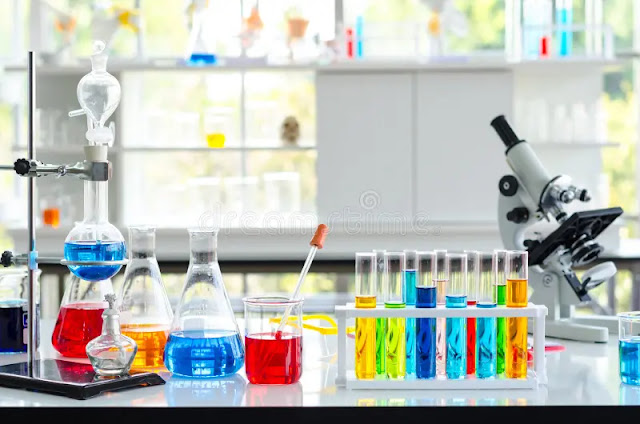Somewhere Intercourse Also Loves Science: When Chemistry gets Proposal from Biology.
After 1 Intercourse, 9 Months Journey Between Chemistry and Biology In The Culture Bay Lab.
When two chemicals react with each other to produce a product, it can be analogous to the process of two parents producing offspring through sexual reproduction. Let's explore this analogy further.
1. Chemical Reactants:

In a chemical reaction, two or more chemicals, known as reactants, come together to form a new substance, which is the product. The reactants combine and undergo chemical changes to create the product.
2. Parents:


In sexual reproduction, two parents, typically a male and a female, contribute genetic material to produce offspring. Each parent provides half of the genetic information, which combines to form a unique set of genetic material in the offspring.
3. Combination of Traits:
Just as the genetic material from the parents combines to determine the traits of the offspring, the properties and characteristics of the reactants contribute to the nature of the product formed in a chemical reaction. The specific properties of each reactant, such as its structure, reactivity, and composition, influence the final product.
4. Genetic Variation and Product Diversity:


Sexual reproduction allows for genetic variation, as each parent contributes a unique set of genes to the offspring. Similarly, different combinations of reactants or variations in reaction conditions can lead to the formation of different products in chemical reactions. This diversity of products is similar to the genetic diversity observed in offspring resulting from sexual reproduction.
5. Reaction Conditions:
In chemical reactions, the reaction conditions, such as temperature, pressure, and presence of catalysts, can influence the outcome of the reaction. Similarly, various factors, including the environment, genetic predispositions, and external influences, can affect the traits and development of offspring in sexual reproduction.
While the analogy between chemical reactions and sexual reproduction helps us understand some similarities in terms of combining elements to form something new, it's important to note that chemical reactions are purely chemical processes, whereas sexual reproduction involves complex biological mechanisms.

Indeed, the analogy between chemical reactions and sexual reproduction helps highlight certain similarities in the process of combining elements to create something new. However, it's crucial to recognize the fundamental differences between these two processes.
Chemical reactions are governed by the principles of chemistry, involving the rearrangement of atoms and molecules to form new substances. The reactants and products are determined by the specific chemical properties and interactions of the involved substances. The outcome of a chemical reaction can often be predicted based on the reactants and reaction conditions.

On the other hand, sexual reproduction is a complex biological process that occurs in living organisms. It involves the fusion of gametes (sex cells) from two parents to produce offspring with a unique combination of genetic material. The traits and characteristics of the offspring are influenced by genetic factors, environmental influences, and developmental processes, which are far more intricate than the simple rearrangement of atoms in a chemical reaction.
While the analogy can serve as a useful conceptual tool to explain certain aspects of both processes, it's essential to recognize the fundamental differences and complexities involved in sexual reproduction, which go beyond the scope of chemical reactions.
Thanks For Reading,
By Avijit Kahar.




.jpg)



.jpg)









